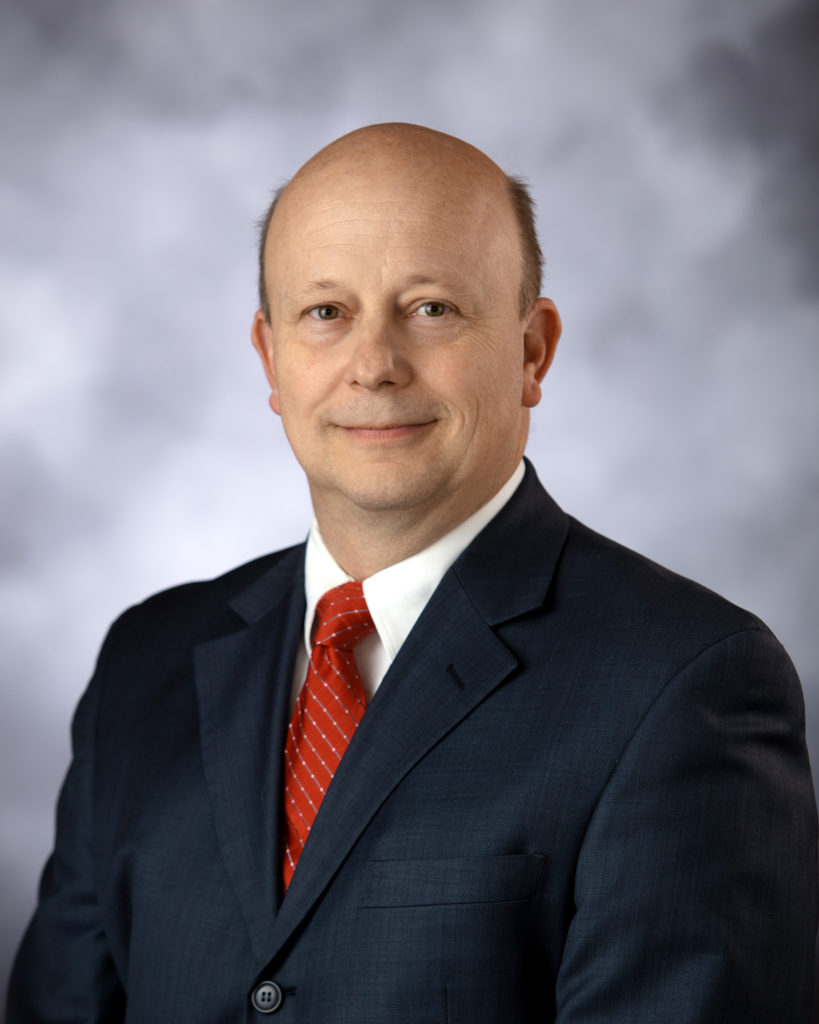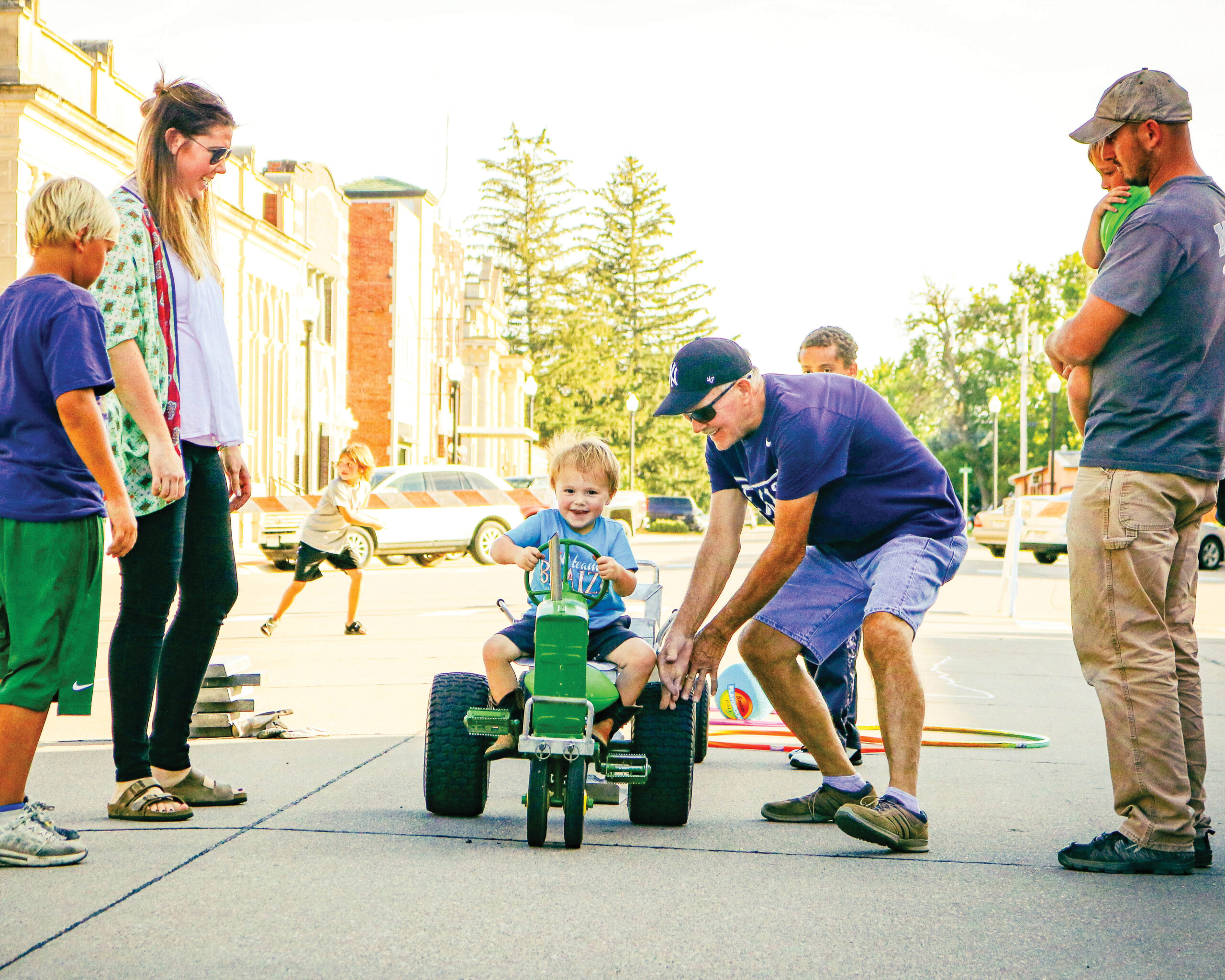
Originally published in the Columbus Telegram
You can make the case that the old cliché is trite and over-used, and you would be right. But sayings are cliché for a reason—they’re often true.
Nebraska Community Foundation is in the business of making dreams work for small towns, organizations, regions, entrepreneurs and philanthropists, and really all of Greater Nebraska. To make all those different dreams work, it really does take an extraordinary amount of teamwork. It requires residents, local institutions, donors, NCF staff, government, schools, business community and other unique partners—all convened by local volunteers—to make dreams come true for local NCF-affiliated communities.
At the local level, what makes a dream work is a mixture of those entities in proportions that are unique to each community. As one example, think about all the partners that came together to realize the dream of the Quality of Life Centers for the Columbus region . . . building four community facilities over a decade, starting with a local conversation and some philanthropic dollars as a catalyst.
Today I’d like to attempt to draw some parallels between community building and athletics as they are team activities that share some common elements when done well. I am fortunate to coach volleyball at Lakeview High, and last year’s team that made it to state for the first time in 39 years illustrated some powerful truths that apply to both.
Shared success requires sacrifice. For our team to have success and stay together, Cassie, Carli, Maggie and Sydnie had to sacrifice their own playing time while still contributing in practice and as senior leaders. Ava, Elly and Tori had to sacrifice playing on another squad. Saylor and Autumn had no choice in their injury-related sacrifice, but they did make the choice to continue to invest themselves in their team. Every player sacrificed some free will and other activities for the good of the team because of the unique circumstances of COVID. And of course, every season demands a sacrifice of time practicing or working out that could have been spent in other ways.
Community success requires sacrifice of time by that core group of community volunteers that exist in every successful town. Jim Clifton from Gallup describes them as the “group of people who’d rather die than see their town fail.” While the ultimate sacrifice is not called for, there’s no question these people give up a lot of evenings, time with family, other profitable or enjoyable pursuits for the good of their neighbors.
Diversity breeds success. Every player brought different personalities and strengths to the team. Jordie and Mallori came from different schools and brought those experiences with them. But the team truly welcomed all, which in turn allowed the individuals to bring their unique gifts to the whole.
Successful communities do the same thing. They welcome diverse people who believe different things and come from different places. By doing so they discover a variety of strengths that makes the whole far stronger! As a result, individuals are invited to share their best selves and so they engage . . . and a magnetic, progressive community is created.
Success takes leadership. Reese taught us some powerful leadership lessons: you don’t necessarily have to say a lot to be a great leader, but you do have to earn respect through hard work and commitment. And the willingness to share the power creates a stronger leadership team, not weaker.
Community leadership is much the same. Sometimes those that make things happen are vocal leaders but sometimes they aren’t. What they all have in common is that they have earned trust and respect through integrity and commitment to the greater good. They don’t have to have a title, but they have to be a “leader” in all these terms.
Challenge can catalyze success. Obviously, the backdrop to last fall’s season was the most chaotic, uncertain and challenging set of circumstances teams have ever encountered. Those circumstances gave the team the impetus to become closer and that bond showed up in close matches throughout the season that became wins because of the trust and love built between teammates.
Within communities as well, it’s possible for natural disasters, economic shocks or some other loss actually bring people together for the common good. But finding that silver lining takes trust and love among adults just as much as high school athletes, and therein lies the value of “building relationships before you need them.”
Shared purpose brings it together. A compelling shared purpose is the catalyst. Why do athletes train and sacrifice, and put a team’s needs above their own? In most cases for something with no tangible value: a medal, a ribbon, a state title. But the bonds and the joy that come from shared pursuit of a common purpose? Truly compelling. I think about how hard Lilly, Katee, Maddi or Josie worked in practice or how hard our student managers Lexi, Emily, Brooklynn and Makayla worked knowing they’d never even put on a uniform. It’s clear they were pursuing something they found truly valuable. It wasn’t money or fame or a better job or even a grade in school . . . and yet, it was compelling.
There are literally hundreds of volunteers across Nebraska who have that shared sense of higher purpose and are pursuing that vision with fervor. They also aren’t doing so for money or fame, or a better job or a title or a certificate. This is why an organization’s Mission Statement matters . . . or a community’s unspoken (but understood) vision matters deeply.
There are often things to learn from our young people. As our friend and NCF Board member Al Steuter reminds us, the latest generation of any organism is always the best adapted to the current conditions.
I’m fortunate to get to work with the best young people as a coach and the best of Nebraska’s community leaders as a member of the NCF staff. I hope one of these lessons resonates with you too and you might get involved on your community’s Dream Team.


